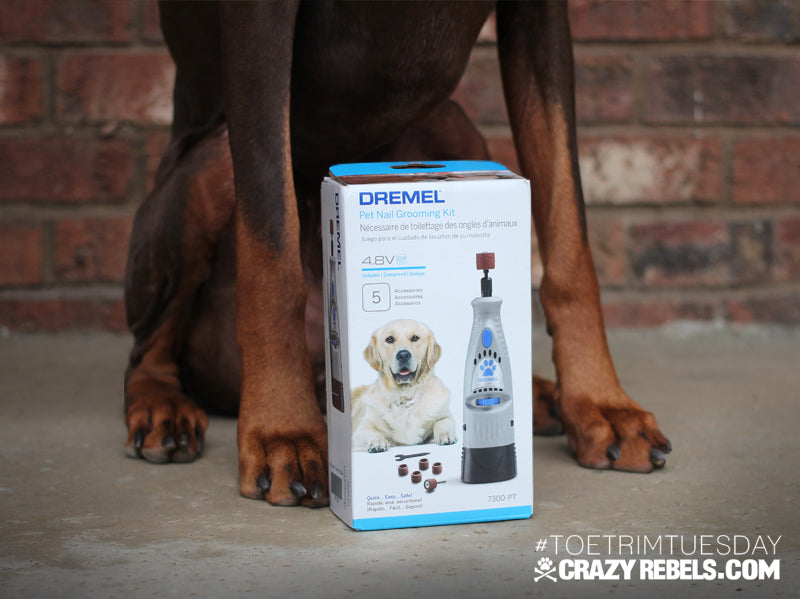Pet Fooled: Why What You’re Feeding Your Pet Could Be Killing Them
As pet parents we are constantly trying to do what we believe to be the very best for our pets. We buy them the softest beds, the funnest looking toys, the prettiest collars, we take them to the dog beach, to the dog park, to doggy day care and on play dates with other dogs. And when it comest to meal time, we feed them what we think is the very best food and treats. We try our best, but sometimes we still fall short. And sometimes we feed them pet proclaimed products that are absolutely terrible quality without even knowing. This has nothing to do with being a bad pet parent, and has everything to do with the pet food industry promoting misleading slogans and beautifully packaged products that simply house the subpar food and treats they are selling. Over the course of time, we as a society nutritionally abuse our pets and cause overall health decline by not feeding a biologically appropriate diet and we have no idea we are doing this.
If you have a free night we highly recommending making it a point to watch the Netflix documentary PET FOOleD.
If you don’t have time to give it a watch we’ve summarized the wealth of information it contains for you. In short, most all pet food is not species appropriate for our cats and dogs and over time causes many ailments that would not come about if they were fed more wholesome meals of raw meat. Dogs and cats are carnivores, they require and thrive from eating meat.
But why does my vet tell me not to feed my pet raw food? For the most part, Veterinarians are not educated in the realm of pet nutrition. They receive minimal classes pertaining to pet nutrition and this education has primarily been hijacked (i.e. funded) by huge pet food corporations so the information is not biological but rather skewed so that vets actually believe kibble is better for a dog than raw. It’s not.
In 2016 pet parents spent an estimated $23 billion on pet food in the United States alone. Pet food companies are a huge industry. One of the scariest parts about this is that big corporations like Mars, Nestle, and P & G manufacture dozens of separate brands under their company’s umbrella. When you’re deciding between dog food brands, there’s a good chance that the two “brands” you’re comparing are really the same main company.
But what is really inside the bag? Is what’s inside a bag as healthy as the shiny outside label would like you to believe?
Beneful brand kibble by Purina has won many packaging awards for their stunning packaging. They consciously mislead the consumer with their blatant tag line “playful life”, yet the first four ingredients in Beneful are ground yellow corn, chicken by-product meal, corn gluten meal (which is highly allergenic), and whole wheat flour. Nothing about nutritionally lacking fillers says “playful life”.
The pet food industry survived about 100 years with no incident and no questioning from the public. In 2007 dogs started dying. This high rate of incident was linked to dog food and it was discovered that the super toxic substance melamine, which is used in fertilizer and plastics, was present in dog food. This is the first time people started to realize how grossly unregulated the pet food industry really is. Unlike food for human consumption there are few standards or regulations on what goes into pet food. There is no regulation on the grade of meat that can be added to pet food and no accountably or documentation on where this meat is sourced, meaning it can come from anywhere and be in any state of death or decay. The pet food industry is a self regulated industry that sets their own requirements, which means no one is accountable and no one is ensuring the safety of our pets. Integrative veterinarian Karen Becker who feeds and recommends raw feeding reveals, “There’s a problem in the pet food industry but most pet owners don’t know there are significant issues.”
So why is nothing being done about it? Why aren’t pet food companies more concerned with making better food? Pet food companies are already making billions of dollars a year so there is no reason for them to spend the time and money to do the research to better their food. Profits, not your pet, are their main goal and our pets are suffering because of this.
Dogs evolved from wolves, so although they have been domesticated on the outside they still share 99% of the same DNA as their wild ancestors. They are still carnivores and require such nutrition. Dogs and cats are equipped to process whole living protein, their teeth and highly acidic stomach acid provides the perfect environment needed to process pathogens potentially present in raw meat.
A huge problem with feeding dry food is that it is completely devoid of moisture which puts your pet in a constant state of dehydration. Raw fed pets actually drink very little water because they are hydrated from the inside out. An expensive kibble is still kibble, it ultimately is not going to provide the maximum nutrition for your pet that raw feeding will.
Life is already short for our furry best friends, and providing them with a poor diet can make this unnecessarily shorter. As pet guardians it is our responsibility to feed the very best species appropriate diet we can afford. It is our job to educate ourselves to select the best foods for our pets.



 *Sources: VCA Animal Hospital, PetMD
*Sources: VCA Animal Hospital, PetMD



